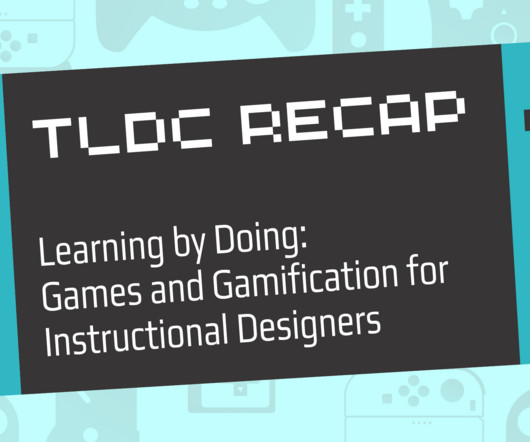Social Learning Has Its Place…And Informal Learning Does Too.
Dashe & Thomson
AUGUST 11, 2011
Jane claims that “Social Learning has come to refer exclusively to the use of social media in top-down, formal learning.” Social learning refers to a class of learning, which includes wikis, blogs, screen sharing, podcasting, photo sharing, social bookmarking, collaborative working, social networking, etc.




































Let's personalize your content